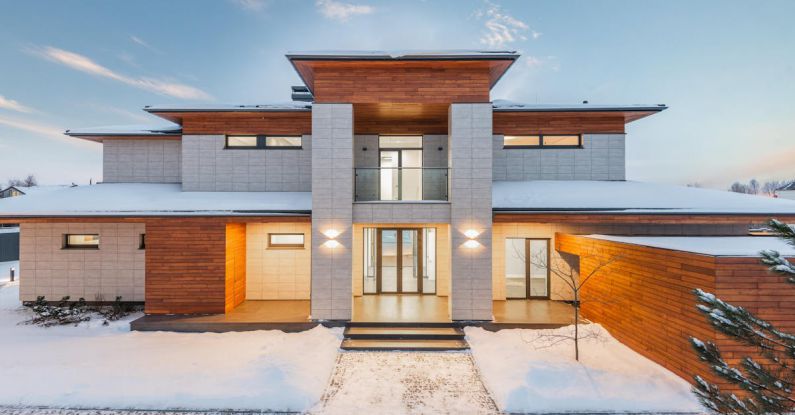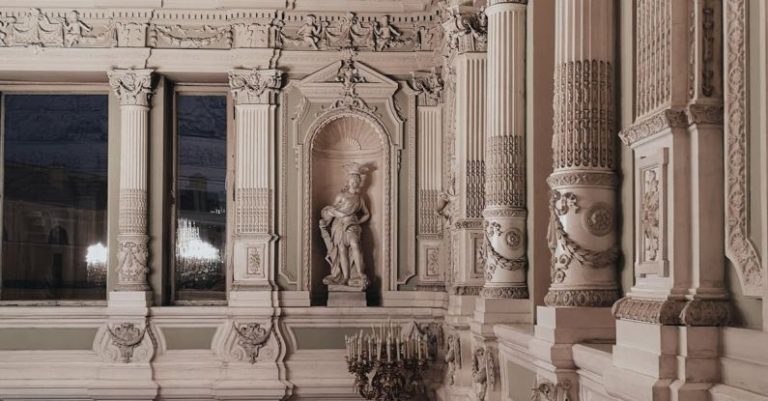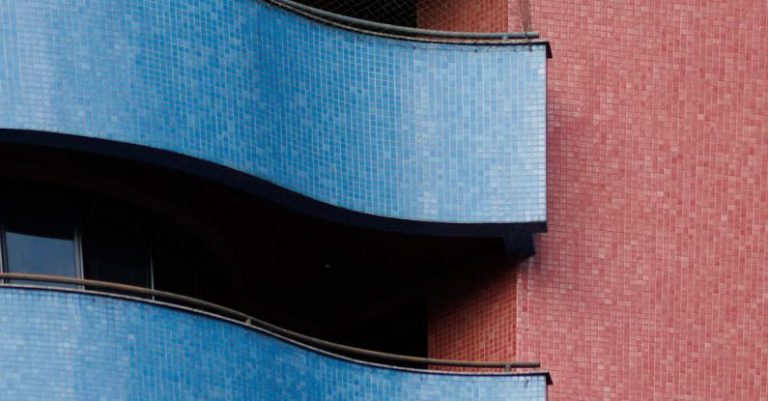Advancements in Composite Cladding Systems for Architecture
Composite cladding systems have been revolutionizing the architectural industry, offering a myriad of benefits such as durability, sustainability, and aesthetic appeal. In recent years, advancements in technology and material science have led to the development of innovative composite cladding solutions that are changing the way buildings are designed and constructed.
### Evolution of Composite Cladding Systems
Composite cladding systems have come a long way since their inception. Originally used for their weather-resistant properties, composite materials have evolved to offer a wide range of benefits that make them an attractive choice for architects and builders. The combination of materials such as wood, plastic, and metal in composite cladding systems provides a unique blend of strength, flexibility, and aesthetics that is unmatched by traditional building materials.
### Sustainable Design Solutions
One of the key advancements in composite cladding systems is their focus on sustainability. With growing concerns about climate change and environmental impact, architects and builders are turning to eco-friendly materials for their projects. Composite cladding systems are often made from recycled materials, making them a sustainable choice for environmentally conscious designs. Additionally, composite materials require less maintenance and have a longer lifespan than traditional building materials, reducing the overall environmental footprint of a building.
### Enhanced Durability and Weather Resistance
Composite cladding systems offer superior durability and weather resistance compared to traditional materials such as wood or metal. The combination of materials in composite cladding provides enhanced strength and resistance to elements such as moisture, UV rays, and temperature fluctuations. This durability makes composite cladding an ideal choice for buildings in harsh climates or high-traffic areas where traditional materials may deteriorate quickly.
### Customization and Aesthetic Appeal
Advancements in composite cladding systems have also led to a wide range of customization options for architects and designers. Composite materials can be molded into various shapes and sizes, allowing for creative and unique design solutions. Additionally, composite cladding systems are available in a variety of colors and finishes, providing endless possibilities for creating visually stunning facades. The ability to customize composite cladding to suit the aesthetic vision of a project makes it a versatile choice for architects looking to make a statement with their designs.
### Improved Installation Techniques
Another area where advancements in composite cladding systems have been significant is in installation techniques. New technologies and processes have streamlined the installation process, making it faster and more efficient. This not only saves time and labor costs but also ensures a more precise and consistent installation, resulting in a higher quality finish. Architects and builders can now rely on composite cladding systems for projects with tight deadlines or complex designs, knowing that the installation process will be smooth and hassle-free.
### The Future of Composite Cladding Systems
As technology continues to advance and the demand for sustainable building materials grows, the future of composite cladding systems looks promising. Architects and designers are increasingly turning to composite materials for their projects, drawn to their durability, sustainability, and aesthetic appeal. With ongoing research and development in the field of composite materials, we can expect to see even more innovative solutions that push the boundaries of architectural design.
In conclusion, advancements in composite cladding systems are transforming the way buildings are designed and constructed. With their sustainable design solutions, enhanced durability, customization options, and improved installation techniques, composite cladding systems offer a versatile and attractive choice for architects and builders. As the industry continues to evolve, we can look forward to seeing even more innovative uses of composite materials in architectural design.






